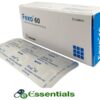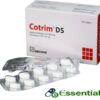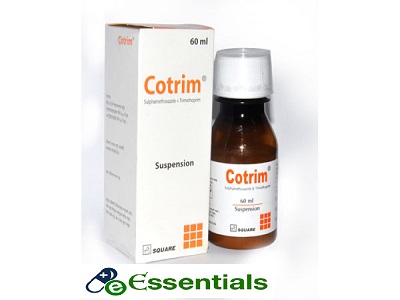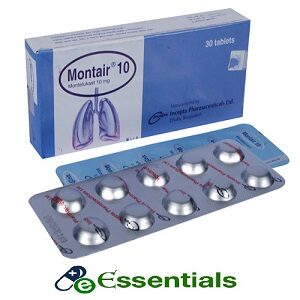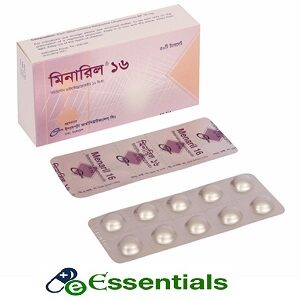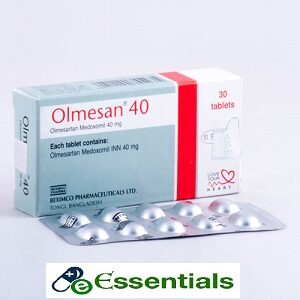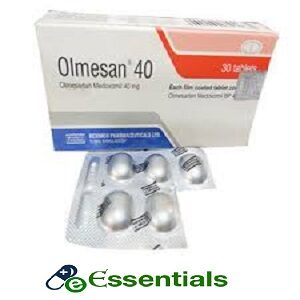Cotrim Oral Suspension 60 ml bottle
৳ 21.64
Ingredients : Cotrimoxazole [Sulphamethoxazole + Trimethoprim] (200 mg+40 mg)/5 ml
Manufacturer : Square Pharmaceuticals Limited.
Indications
- Respiratory tract infections: Acute and chronic bronchitis, bronchiectasis, lobar and bronchopneumoniae, pneumocystis carinii pneumonitis, otitis media and sinusitis.
- Genito-urinary tract infections: Urethritis, cystitis, prostatitis, pyelonephritis, gonorrhoea.
- Skin infections: Pyoderma, abscess and wound infections.
- Other bacterial infections: Acute and chronic osteomyelitis, acute brucellosis, septicaemias, nocardiosis and other infections caused by susceptible organisms.
Therapeutic Class
Description
Pharmacology
Both drugs are rapidly and almost completely absorbed from the bowel reaching peak plasma concentrations 1-4 hours after ingestion. Sulphamethoxazole is 65% and trimethoprim is 40% protein bound.
Dosage & Administration
- For mild to moderate infections: 1 tablet twice daily.
- For severe infections: 1.5 tablets twice daily.
- Long term therapy (>14 days): 0.5 tablet twice daily.
- Gonorrhoea: 2 tablets every 12 hours for two days or 2.5 tablets followed by a further dose of 2.5 tablets after 8 hours.
Cotrimoxazole tablet: over 12 years
- For mild to moderate infections: 2 tablets twice daily.
- For severe infections: 2 tablets thrice daily.
- Long term therapy: (>14 days): 1 tablet twice daily.
Cotrimoxazole suspension: Under 12 years
- 6-12 years: 2 teaspoonful twice daily.
- 6 month-5 years: 1 teaspoonful twice daily.
- 6 weeks-6 months: 0.5 teaspoonful twice daily.
Contraindications
Side Effects
Pregnancy & Lactation
Precautions & Warnings
Overdose Effects
Management: Supportive and symptomatic treatment. Empty stomach immediately by inducing emesis or by lavage. Observe the patient for at least 4 hr and monitor urea and electrolytes with FBC. Give fluids to maintain a good urine output. May give Ca leucovirin 5-10 mg/day to counteract any adverse effects of trimethoprim on bone marrow or Ca folinate 3-6 mg for 5-7 days orally or by IM inj.
Brand
Square Pharmaceuticals Ltd


